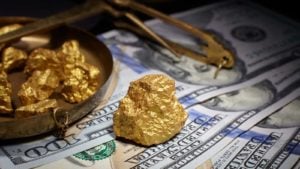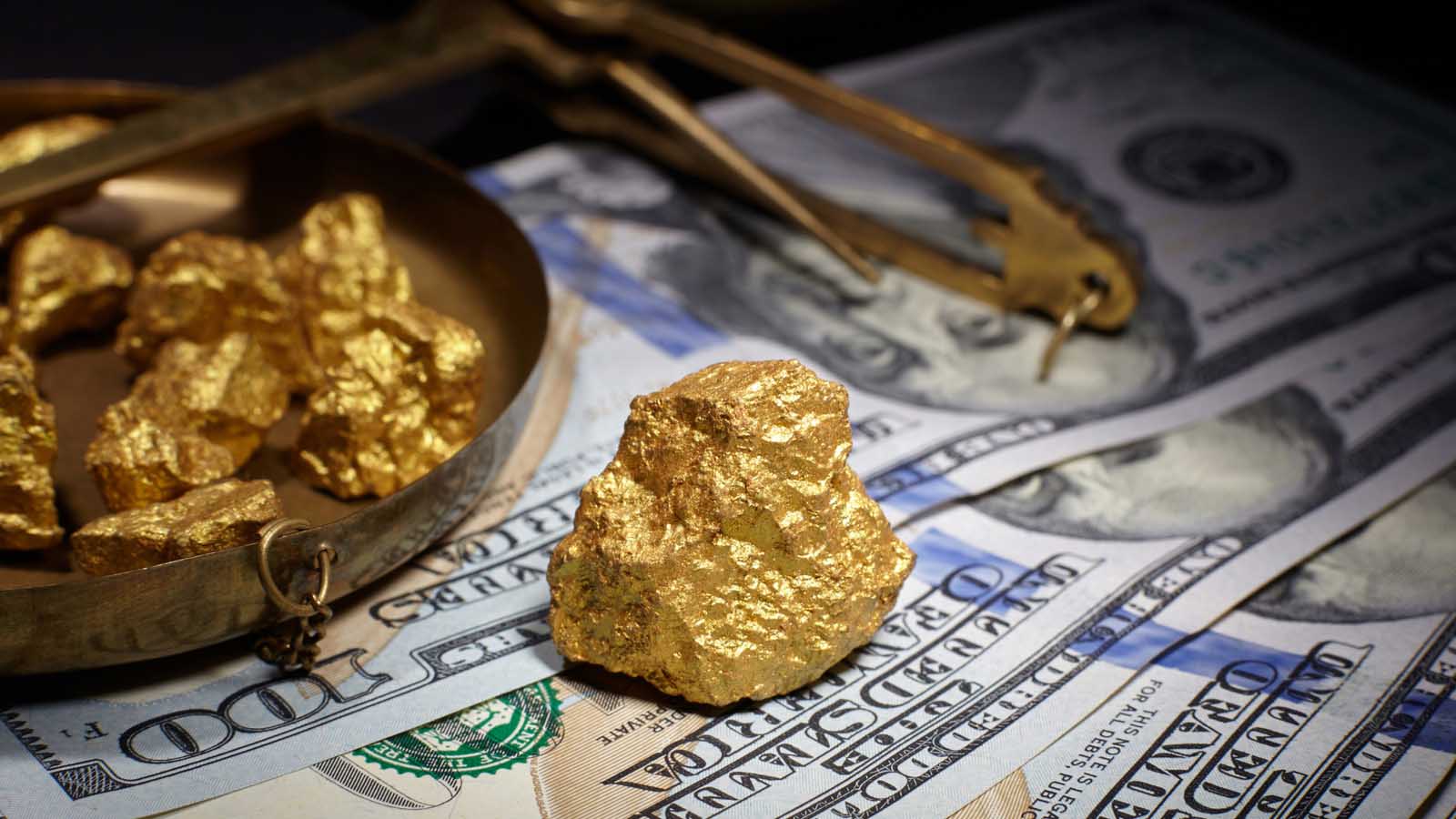Editor’s note: This column is part of InvestorPlace.com’s Best Stocks for 2021 contest. Eric Fry’s pick for the contest is Osisko Gold Royalties (NYSE:OR).

Since the last time we talked in early April, when this stock was down 10% year-to-date, Osisko Gold Royalties has staged a comeback to notch a respectable 6% gain year-to-date at the end of the second quarter. This is somewhat better than the dismal 6% loss the Van Eck Vectors Gold Miners Index has produced.
But Osisko has been drifting lower for the past three weeks, alongside most other stocks in the gold mining sector. Despite the fact that some inflation indicators are hitting 20-year highs, the precious metals are refusing to move higher.
That’s a bit surprising… and unusual. Perhaps the sector is suffering “inflation fatigue.” That is, even though the inflation readings are high and rising, investors seem not to care.
But I suspect this widespread complacency will fade away over the coming months, to the benefit of the gold market broadly… and Osisko in particular.
So let’s dive a little deeper into that macroeconomic relic known as “inflation.”
Clinically defined, inflation refers simply to the rising prices of goods and services. But in the real world, inflation is somewhat more complex. It can appear in a variety of forms and change its location without warning.
That said, inflationary effects are usually easy to see. In this sense, defining inflation is similar to the way Supreme Court Justice Potter Stewart defined pornography: “I know it when I see it.”
Like, for example, the moment last week when I asked a bank teller to withdraw $500 in $50 bills from my account. As she counted out the bills, she smiled and joked, “Well, you know, $50s are the new $20s.”
At that moment, we both knew exactly what inflation looked like. Inflation can also look like a $12 price tag on a redwood two-by-four that cost just $6 last year.
Inflation’s “sudden” appearance should not be a complete shock. It is the result of two primary forces:
- A massive, new quantitative easing (QE) campaign; and
- Off-the-charts government spending.
Either one of these factors by itself might have been sufficient to nudge inflation higher. Simultaneously? This could kick inflation into a gear we haven’t seen since the Bee Gees’ “Stayin’ Alive” was topping the music charts.
However, very few investors or high-profile financial figures seem too troubled by the rising inflation readings. To them, as James Grant recently observed, “inflation seems not so much a threat as a relic.”
Even Jerome Powell, chairman of the Federal Reserve, shares that approximate perspective. He believes fighting deflation is Job No. 1, and he has enlisted the forces of inflation to help wage that fight.
During the past year and a half, for example, the Fed’s QE program has sopped up nearly $4 trillion of Treasury and corporate bonds — or more than double the total the Fed acquired during the preceding 11 years.
Score one for inflation.
Meanwhile, just a short walk from the Federal Reserve Board Building in Washington, D.C., our Congress-folk have been producing the largest government deficits since World War II, thanks to $3.5 trillion worth of economic rescue packages.
In the name of “saving the economy” from the ravages of the coronavirus pandemic, the government is spending trillions of dollars it doesn’t have.
Over the past 12 months, the federal government has racked up an astoundingly large deficit of $3.6 trillion, which is nearly double the astonishingly large $1.9 billion deficit of the preceding 12 months.
The $3.6 trillion figure is equal to 16% of GDP, which is the largest annual deficit since 1945 — the year we were busy winning a world war on two continents.
Traditionally, soaring government deficits coincide with rising inflation. So score a second point for inflation.
Obviously, inflation isn’t good for much. It squeezes profit margins and undercuts the value of our savings. But inflation can be a friend to hard assets like real estate, commodities and precious metals. In fact, inflation and gold have been besties for centuries. And they probably remain close friends today, even in this modern, cryptocurrency-enabled age.
Until proven otherwise, I’m betting gold will continue to provide at least partial protection from any serious bout of inflation.
Of course, it is possible that gold has become somewhat irrelevant in a world dominated by “digital gold” and other cryptocurrency marvels.
But I suspect the ancient monetary metal still possesses some relevance in the modern era, perhaps even a relevance that is inversely correlated to cryptocurrencies!
In other words, gold might not only function as a hedge against inflation but also as a hedge against slumping cryptocurrency prices. If that were to happen, of course.
The current inflation trend is gaining momentum, and I expect gold to respond favorably to that trend, so I’m naturally expecting Osisko Gold Royalties to move even higher as well… and for OR stock to finish the year on a strong note.
On the date of publication, Eric Fry did not have (either directly or indirectly) any positions in the securities mentioned in this article.
Eric Fry is an award-winning stock picker with numerous “10-bagger” calls — in good markets AND bad. How? By finding potent global megatrends … before they take off. And when it comes to bear markets, you’ll want to have his “blueprint” in hand before stocks go south.
